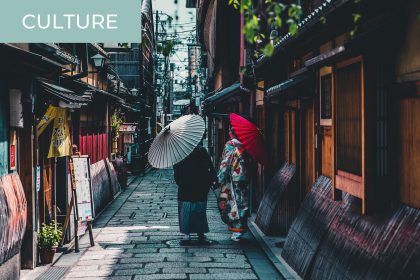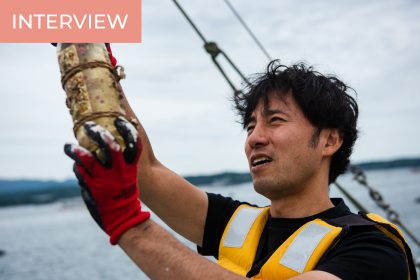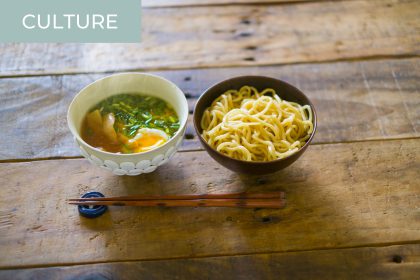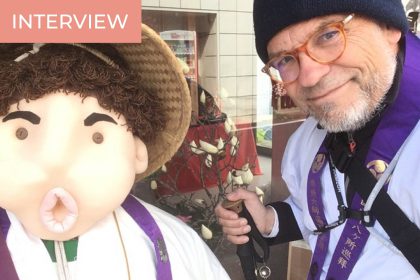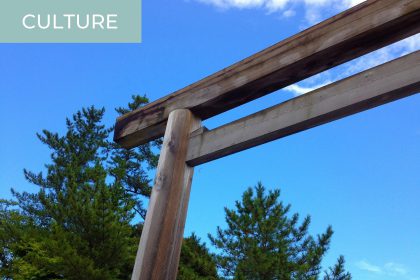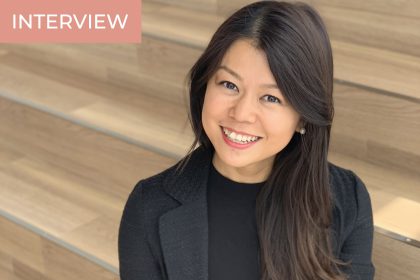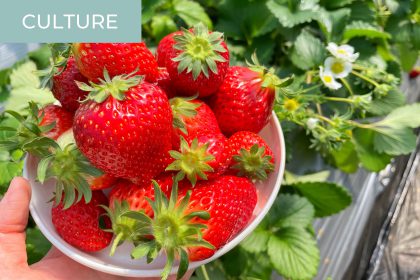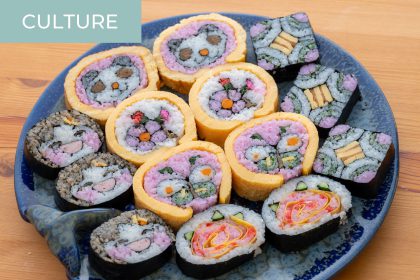Philip Nguyen is an entrepreneur with an unusual profile. Originally from the U.S., he has been living in Japan for nine years. After studying environmental science and cultural studies in the U.S., and completing his PhD in Japan, Philip decided to launch his own business to contribute to solving social and environmental issues. This year,…
Expressing Love in Japanese Culture
When you are interested in a culture and start learning a new language, for some reason, the word “love” and the phrase “I love you” are some of the first people usually want to know and remember. Maybe this is why you are now reading the article. While love may be universal, the ways to…
This Japanese Winery Is Aging Wine Bottles Under the Sea
Michihiko Sasaki is the CEO of Minami Sanriku Winery, in the town of Minami Sanriku in Miyagi Prefecture. 10 years after the Great East Japan Earthquake and the tsunami that left the town in ruins, the team at Minami Sanriku Winery are using wine as a way to give life back to the place and…
Tsukemen: The Other Japanese Noodles for Ramen Lovers
Tsukemen is a noodle dish derived from ramen. It is an established theory that tsukemen came out of staff meals of the ramen restaurant Tai-sho-ken in Tokyo in 1955, and has kept growing in popularity ever since. The noun “tsukemen” is formed by the nominalized word of the Japanese verb “tsukeru,” which in this case…
How Strange “Japanese English” Is Confusing Me
Aside from writing articles on Kokoro Media, I am also involved in consulting jobs, which has led me to discover the world of business in Japanese. Over the years, I have been learning business words in Japanese, some of which are related specially to my field, and some seem to be reflecting the local trends….
The Shikoku Pilgrimage: Practical Tips and Anecdotes by Oliver Dunskus
Oliver Dunskus is a German national who spends most of his year being a marketing manager. However, he has an atypical hobby: spending a few weeks each year walking the most famous pilgrimage of Japan, on Shikoku island. Noticing the lack of practical guidebooks for western pilgrims, he wrote and released the first Shikoku pilgrimage…
The Correct Manners When Visiting the Japanese Grand Shrine of Ise
The gods of the Ise Grand Shrine have been enshrined here for over 2,000 years, and this shrine is the holiest in Japan. It is one of the places Japanese people hope to visit at least once in their lifetime. It has a special and mystical atmosphere, with its 100-year-old cedar trees. Here are eight…
Cooking Japanese Food at Home is Easier than You Think
Aki Sugiyama and her business partner Lillian Rowlatt have founded Kokoro Care Packages, a unique subscription service that allows customers to be delivered different kinds of Japanese ingredients and food monthly or seasonally. When I first heard of this company, I was intrigued by our common choice for the word Kokoro in our respective brand…
Our Experience of Japanese Strawberry Picking at a Chiba Farm
As a follow-up to our fun futomakizushi experience, my colleagues Aree, Ayane, and I decided to go further in exploring Chiba food and culture by enjoying one of its most popular seasonal products: strawberries! In spring, a typical activity for young people and families in Japan is to go directly to the farms to do…
The Unique Festive Sushi from Chiba Prefecture
If you are familiar with Japanese food, you may know the two most common types of sushi. The first is nigirizushi, literally “sushi pressed in hand,” for which a piece of raw fish is put on top of some rice molded by hand. The other type is makizushi, the famous sushi rolls, for which a piece of…


